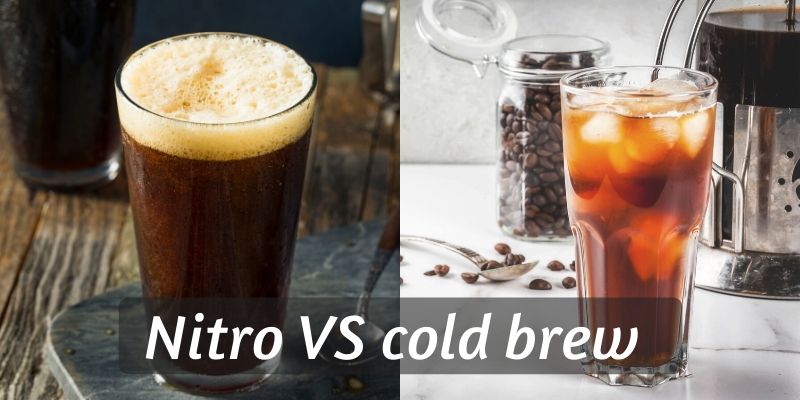

Nitrogen flushing is done to eliminate gaseous impurities (carbon dioxide and oxygen) from brewery vessels inhibiting the onset of undesirable oxidative reactions.Some key uses of nitrogen gas in breweries are outlined below: Nitrogen gas has become almost indispensable in the brewing industry as its use is integrated across various phases of the beer-making process. The absence of oxygen gas in Nitrogenated beers allows them to retain their flavors longer as oxidation is minimized. Nitro-beers typically have a gas composition of 70 percent nitrogen and 30 percent carbon dioxide. Further, the use of a restrictor plate placed in front of the faucet will form very small bubbles in the served beer giving it a thick, creamy head with a smoother, less acidic mouthfeel. When served, the nitrogen gas bubbles are pulled down the sides of the glass while the CO2 bubbles rise through the middle. The cascading effect seen in a glass of nitrogenated beer is due to the varying rates of dissolution when interacting with the beer liquid. For a stout, about 8 psi of pressure is sufficient to nitrogenate the brew.

Depending on the beer type being nitrogenated, the applied pressure is varied. Compared to carbon dioxide, nitrogen is highly resistant to dissolution and this property is exploited to obtain a beer with high keg pressure but low carbonation.

How to homebrew nitro beer how to#
How to Nitrogenate Beerīy combining a mix of nitrogen and CO2 under elevated pressure, brewers can create a nitro beer. If properly done, either method will result in a superb drink with consumers rating based on subjective expectations of how a beer should look, and what it should taste like. The debate between experts on which process creates the superior beer is unlikely to conclude any time soon. By contrast, a nitrogen beer setup results in a brew with smaller bubbles than a carbonated one. Carbonation creates a brew with larger bubbles offering a lively, coarser feel on the tongue. On one hand, we have carbonation which is a longstanding traditional approach to beer making. There are pros and cons to completing a brewery process with either carbonation or nitrogenation. These characteristic effects are because nitrogen is largely insoluble in liquids and as such gives the person sampling a nitro beer a “heavier” mouth feel. A nitrogen-infused beer has a smoother, creamier look and taste largely due to the smaller gas bubbles produced when it interacts with beer. Nitro beer is beer that is finished using nitrogen instead of carbon dioxide. However, some distillers are replacing CO2 with nitrogen to create a different perspective on their favorite draughts.

Traditionally, most beers are infused with carbon dioxide (CO2) to create a lively bubbly finish. Using nitrogen gas for food, such as nitrogen for modified atmosphere packaging, nitro cold brew coffee, and nitro beer have become very popular as of late. With an unlimited number of alcoholic beverages available to beer enthusiasts worldwide, brewers are always on the lookout for the next breakthrough in delivering a more pleasant drinking experience.


 0 kommentar(er)
0 kommentar(er)
